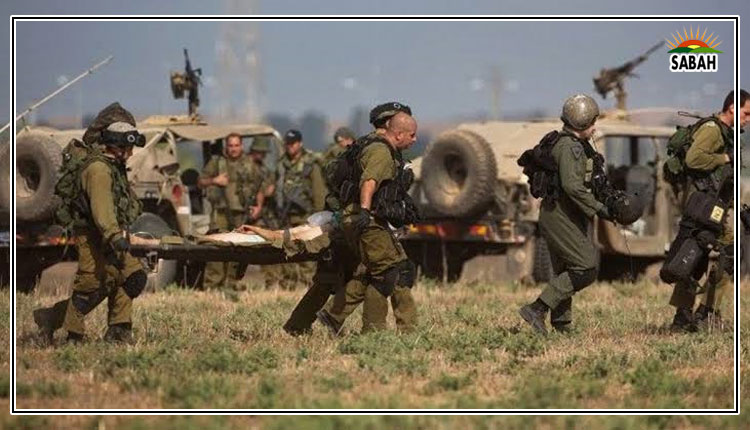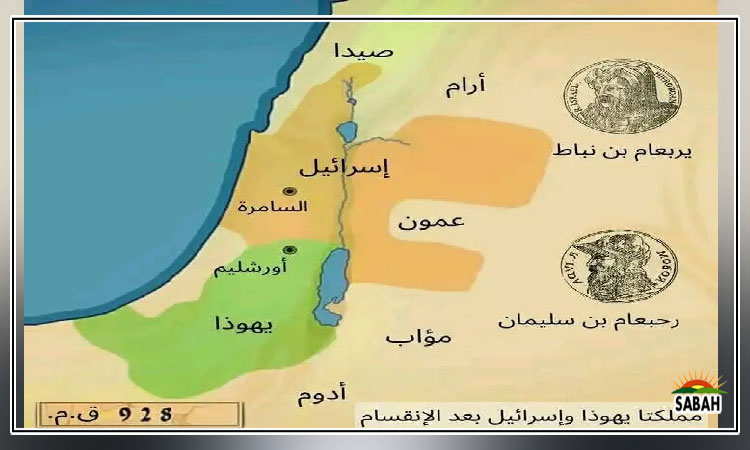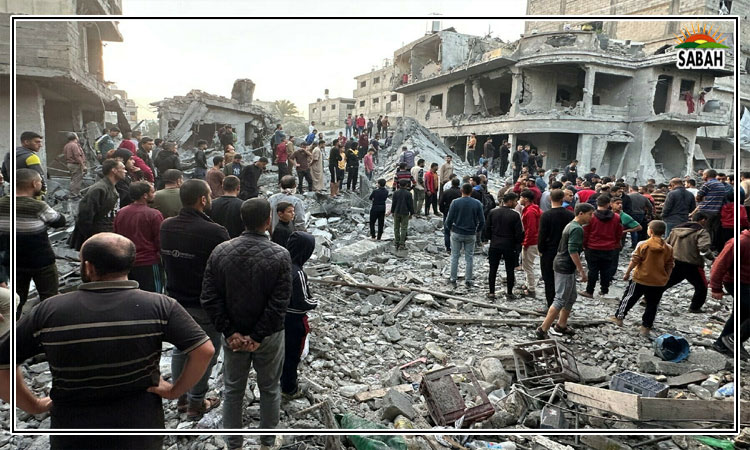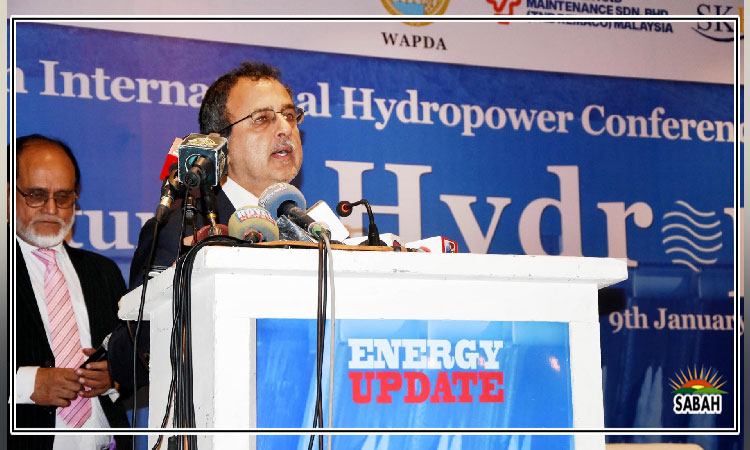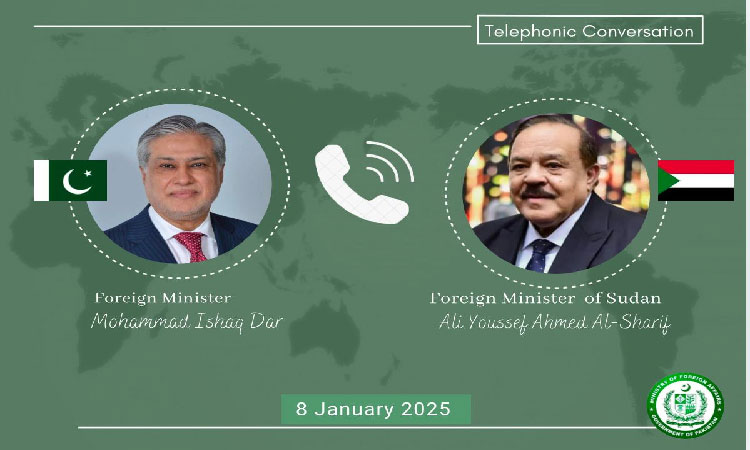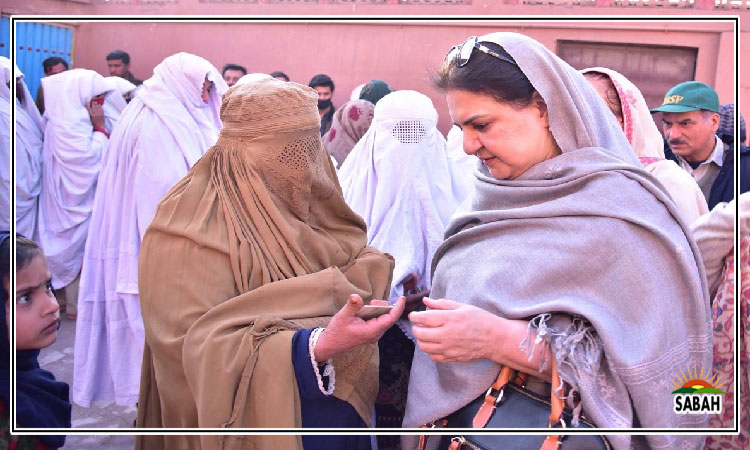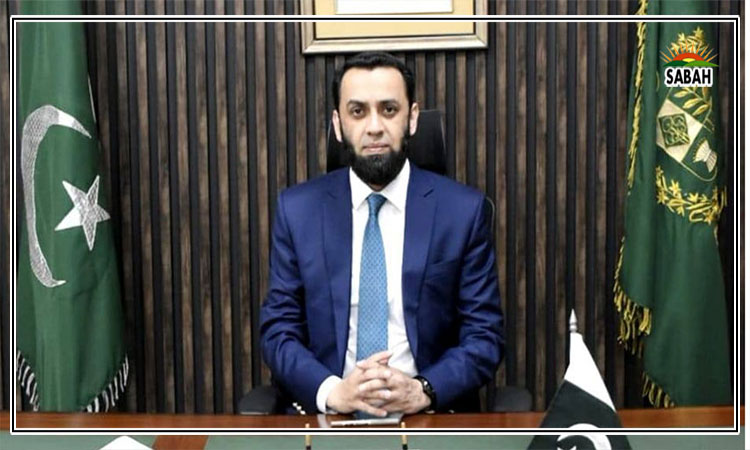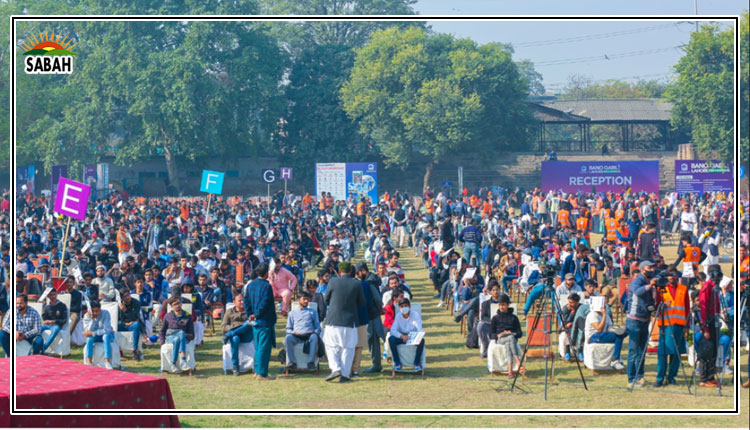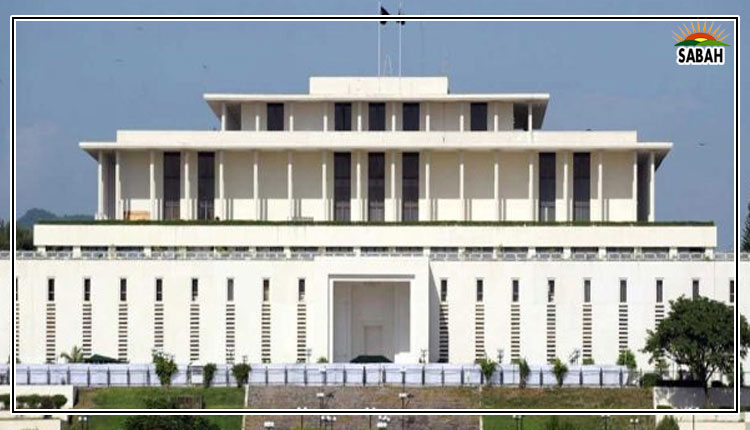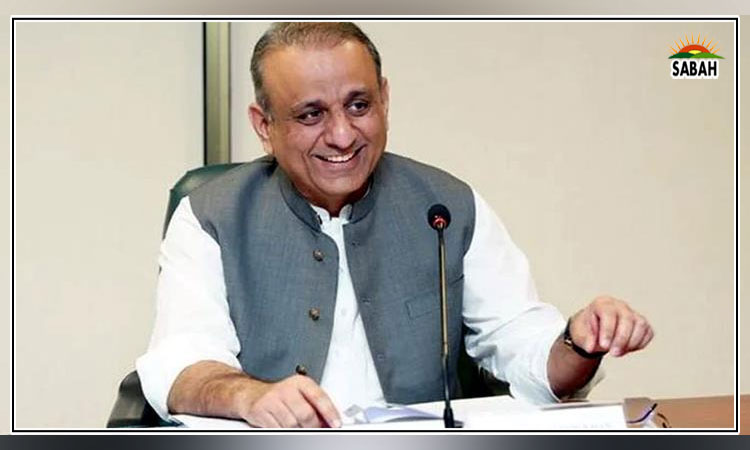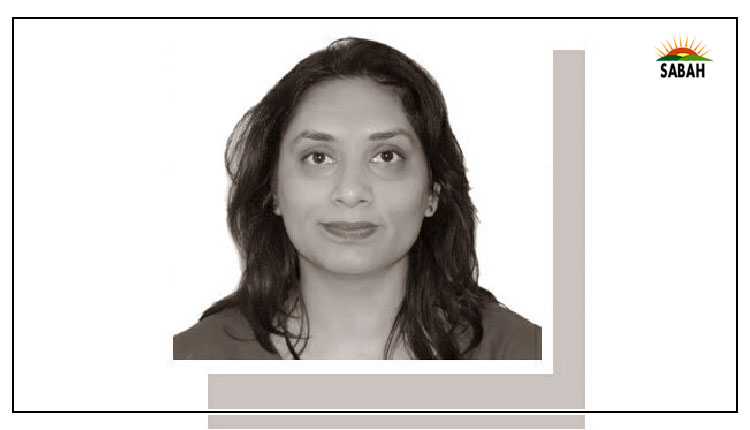Talking to children about Gaza…Bina Shah
HOW do we talk to our children about whats happening in Gaza? Its a quandary that most parents in Pakistan are confronting as the conflict continues, one month and approximately 11,000 casualties later. Horrific images bombard us day and night, on television and through social media.
Children are not unaffected; they listen to their parents conversations about the conflict, they discuss it in their classrooms with their teachers, trying to make sense of it all.
The news outlet NPR has suggested some guidelines for these difficult conversations, although they leave out assigning blame for the Israeli response to the Hamas attacks of Oct 7.
It does detail the impact of the war on civilians on both sides, though, and notes that half of Gazas residents are children under 18 years of age. This is bound to make our children feel worried, not just for the safety of the Gazans, but for themselves.
The shooting of Malala Yousafzai, the actions of courageous Aitzaz Hasan, and the APS school attack in which so many children and teachers were killed, have all traumatised our children and made them fearful; the tragedy of Palestine today makes our childrens scars sting all over again. How we talk to them about Gaza today can go a long way towards alleviating their fears.
Parents should be proactive about encouraging conversations with their children about whats going on in Gaza. Encouraging them to ask questions rather than expounding on your own political views is more helpful to them. Children should be taught to be cautious about everything theyre seeing on the internet, and be told to avoid spreading disinformation.
They should be spared repetitive viewings of violence on television or social media, although this is unfortunately difficult to avoid. This can be a good time for you and your child to learn about the history of the area together, too. Most importantly, children should be left with a feeling of hope, and the idea that peace and reconciliation is always possible even in the direst situations.
The tragedy of Palestine today makes our childrens scars sting all over again.
This month, the Pakistan Learning Festival took place in Karachi at the Arts Council. The Pakistan Learning Festival, formerly known as the Childrens Literature Festival, is one of the most successful literacy and learning festivals in the country.
For the last 12 years, its been going all over Pakistan, educating and encouraging children through storytelling, interactive sessions, direct participation in educational activities, and having a whole lot of fun. Rumana Husain, a well-known artist and co-founder of the festival, thought it was a fantastic opportunity to speak to the children about the Gaza conflict.
She put out a call on Facebook to ask if anyone had access to childrens stories about Palestine, and named a few books that shed researched and found suitable. These books were not available in Pakistan at all, so I decided to help by writing to the publishers and asking if they would be able to send us a copy for the PLF. I told Rumana that Id help her with the session as well if she wanted, and we agreed to hold a joint storytelling session in English and Urdu.
One publisher responded: Michel Moushabek, of Interlink Books in Massachusetts. The book Sittis Bird: A Gaza Story is a beautifully illustrated childrens book by the Palestinian artist and illustrator Malak Mattar. Sittis Bird is Malaks own story of her childhood growing up in Gaza and longing to be an artist. She wrote it at the time of the second intifada, when Israel bombed Gaza and she and her family could not leave their home for 50 days. Michel generously sent us a PDF of the book and granted us permission to use it for our storytelling session.
Rumana Husain made a PowerPoint presentation out of the PDF, and she added a map of Israel and Palestine so that we could talk about the geography of the countries to the children.
On the day of the first session, Rumana made an announcement: We have to be very careful that we dont hate anyone because of their religion or their nationality, whether they be Muslim, Christian, Jewish, Hindu, or any other background. After all, Jews are People of the Book as well, and there are many Jewish people who are against the bombing of innocent civilians in Gaza.
The children listened eagerly to our story; we read each page, first in the original English followed by Rumanas explanation/translation in Urdu. I did my best to read the story dramatically, and the children were rapt as they heard of bombs falling, schools closing, little Malaks fear, and her loving relationship with her Sitti, which means grandmother in Palestinian and Egyptian Arabic.
On the second day, we read the story again, to a different, smaller audience. As I looked out at the children in their seats, a group of secondary school girls held up homemade posters that read Safe Palestine Free Palestine with pictures of the destruction of various places in Gaza.
We announced that after the end of our story, they could come onto the stage and take a photograph with us. When they came up to the stage I saw they had put stickers of Muslim nations on their foreheads Pakistan, Turkiye, Saudi Arabia, Qatar and taped over their mouths.
They stood beside us in a two-minute silent protest, as one girl held up a poster with the name of the school they represented, as students and girl guides, in a low-income area of Malir.
I thought about Rumanas message of interfaith harmony and how radical it was for a Pakistani festival. And I thought about the political awareness and agency being demonstrated by this group of teenaged girls. I thought about how Malaks dream of reaching different countries through her art had come true this week. If theres hope for Pakistan, I realised, its right here.
Courtesy Dawn


